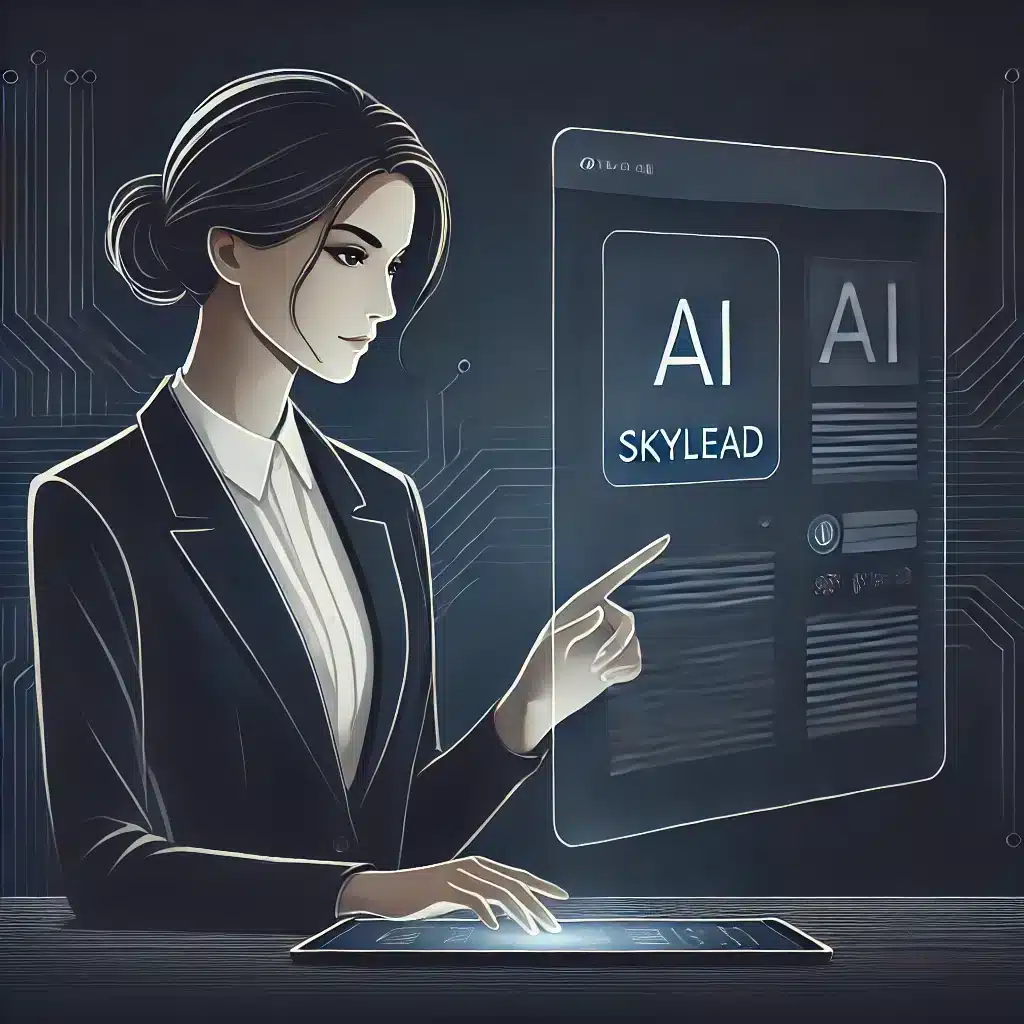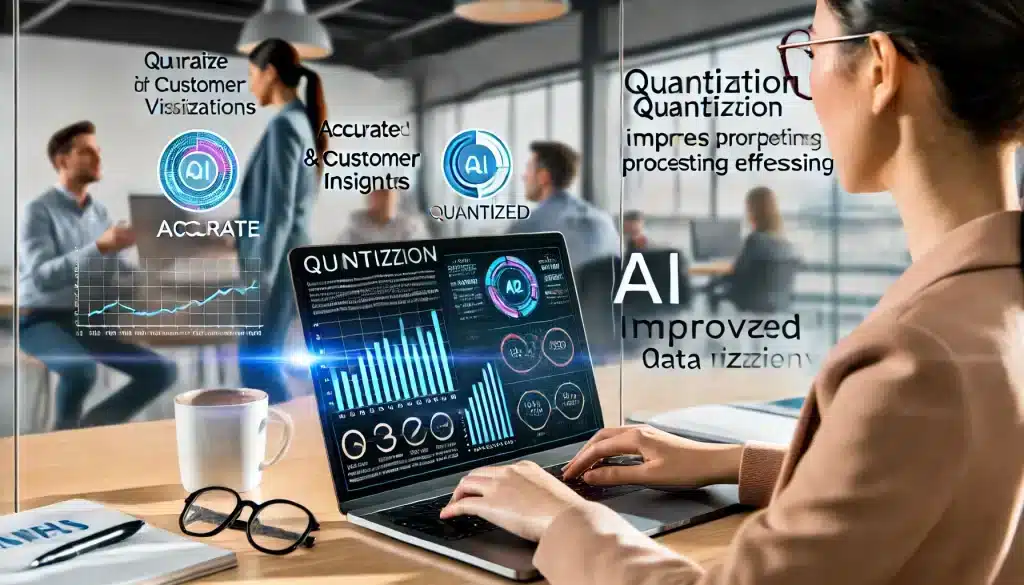The Role of AI in Modern Finance
Layering AI onto existing operations might boost short-term efficiencies. However, a piecemeal application of the technology only delivers incremental gains. For a more transformative impact, AI must be central to finance operations (Rethinking Finance With an AI).
The financial close cycle exemplifies this. Switching to continuous close provides finance teams with immediate information, resulting in faster decision-making. In a rapidly evolving digital landscape, businesses must strategically reboot their AI mindset. AI-first finance is not about applying the technology blindly. Instead, it focuses on evaluating finance operations and incorporating AI where it drives radical improvements.
Overcoming Challenges in AI Adoption
Adopting an AI-first approach faces several challenges. According to a study by HFS Research, 34% of finance executives cited difficulty in finding, training, and retaining AI talent as a barrier. Additionally, 34% pointed to a lack of data quality or strategy (Rethinking Finance With an AI).
Finance leaders are addressing these issues by investing in upskilling in-house talent and forming partnerships with AI-focused technology providers. As these obstacles are overcome, CFOs can effectively implement AI-first strategies in their operations.
Data Empowerment
AI thrives on accessible and discoverable data. Therefore, prioritizing data management is essential for AI-first finance. Unstructured and structured data need proper handling to avoid silos within the enterprise. AI can quickly tap into accurate data, enhancing processes such as accounting for freight accruals and making data retrieval straightforward.
To ensure data integrity, companies must establish solid business practices for master data governance, ethics, and compliance.
Scalable Technology
An optimal technical architecture consists of four essential layers: Systems of Record (SOR), Systems of Engagement (SOE), Systems of Insight (SOI), and Systems of Optimization (SOO). An AI-first approach integrates these layers for a seamless operation. For example, in Microsoft Excel, AI can manage transaction matching, financial reconciliations, and workflows, showcasing the integration of SOE, SOI, and SOO.
Algorithm-Driven Operations
In an AI-first finance model, every operation boils down to an algorithm. Predictive algorithms can address business challenges, such as estimating warranty claims. By forecasting solutions, AI improves finance operations and outcomes.
Human Oversight for Responsible AI
AI’s results are not binary and often require human oversight. Even with high confidence scores, human intervention ensures that AI decisions align with company values and are free from biases. This oversight is crucial, particularly in finance, where faulty AI decisions could have significant consequences.
Strategic Implementation for Competitive Advantage
AI-first is transforming business practices. Concepts like zero-touch processing and continuous closing are becoming viable through AI integration. By embedding AI into finance operations and maintaining a culture of continuous learning and adaptation, companies are achieving unparalleled results.
For instance, OpenAI’s leadership changes, as outlined by Sam Altman, underscore the dynamic nature of AI-driven companies (Read the Note Sam Altman Sent to OpenAI Staff Announcing More Exits).



